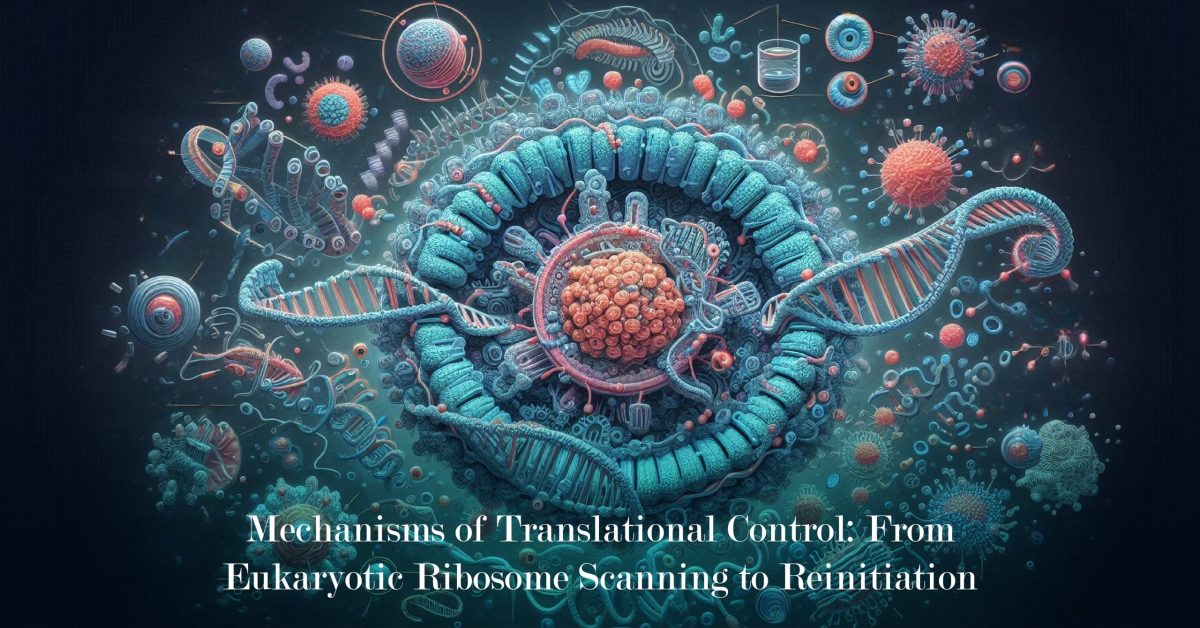Introduction
This functional regulation positions translational control as a controller of gene expression since it encourages strategies for how genetic information is translated into functional proteins. Similar to transcriptional regulation, while transcriptional regulation controls the synthesis of mRNAs, translational regulation regulates the use of the mRNAs present and hence controls protein levels without changing the mRNA levels. This regulation is critical for cellular actions/reactions to stimuli, stress conditions, and developmental process control. The controls in eukaryotic cells are more complicated since they comprise interactions between mRNA, ribosomes, and other regulatory proteins. Probably the most well-known process is ribosome scanning, which aims at finding the best-fit start codon for translating the mRNA. However, translational control goes beyond scanning and regulation and includes reinitiation and regulation by upstream open reading frames (uORFs). Knowledge of these mechanisms is valuable for the development of theories related to cell regulation, mechanisms of viral diseases, and treatment of different diseases.
Eukaryotic Ribosome Scanning: The Basics
Translation initiation in eukaryotic cells takes place through ribosome scanning, in which the small 40S ribosomal subunit, coupled with the initiation factors, initially binds to the 5 ‘ cap structure in the mRNA and moves through the 5 ‘ UTR to find out the start codon AUG. This scanning model makes certain that the ribosome comes to the right start site to synthesize the correct protein. The efficiency of scanning is affected by the sequence that is in context with the start codon, usually referred to as the Kozak sequence. Initiation is most efficient when the AUG codon is followed by a preferred sequence and concluded by the preferred downstream sequence, which many researchers indicate as GCCA/GCCAUGG.
Translational Barriers: Secondary Structures and uORFs
However, scanning is not a smooth process in the following sense. The upstream open reading frame (uORF) is often located in the 5’ untranslated region (5’ UTRs) of a gene, and it is forecasted that many eukaryotic mRNAs contain complex secondary structures as well as hairpins and stem-loops that can hinder the 5’ scanning ribosome. For example, mRNA structures with thermodynamically favorable conformations can become hurdles, leading to ribosomal pauses or delayed scanning. When the structures under consideration are rather less stable, the ribosomes, with all their might, help translation go on, whereas the highly stable formations hinder translation rather than resistance to more stable structures like those with very low free energy changes (ΔG = -50 kcal/mol), for instance, presents rather great barriers.
In addition, upstream open reading frames (uORFs) located in the 5’UTR can control translation depending on their position for the provision of other start sites. Since the translation of a uORF can remove ribosomes from the mRNA before the main coding sequence is reached, it can decrease protein productivity. These specific residues are the positioning and sequence context. of these uORFs responsible for influencing the ribosome either to re-initiate translation at the downstream start codon or to disengage.
